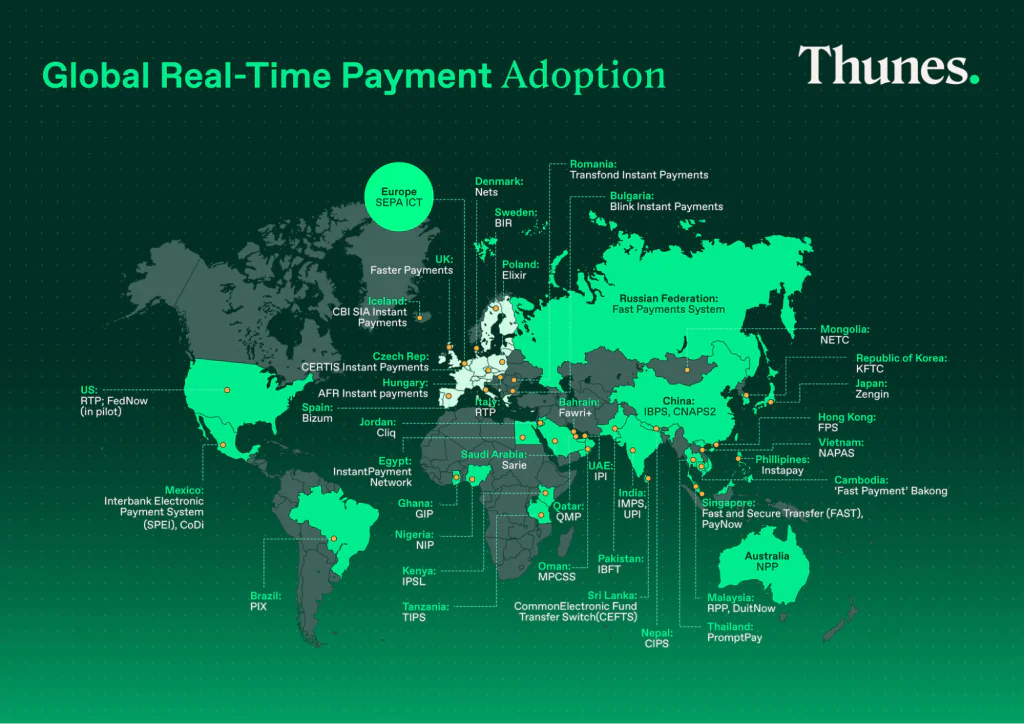Via Global Trade Review by Shannon Manders
Baft (Bankers Association for Finance and Trade) has appointed Nick Smit, global head of financial institutions banks at ING, as chair of its board of directors for the 2025-26 association year. He succeeds Suresh Subramanian, head of North America for transaction banking at BNP Paribas, who has served as chair since 2023 and oversaw the initial phases of Baft’s transition to become an independent organisation.
Smit takes over as Baft prepares to formally separate from the American Bankers Association (ABA), effective September 1, 2025. The two organisations first announced their intention to part ways in January, citing Baft’s increasingly global footprint and the need for greater strategic alignment with its international membership.
“I really appreciate this vote of confidence by the Baft community,” says Smit in a release. “Baft has grown into the leading global organisational forum for not only trade, but payments and cash management, and working capital solutions, too. I am very much looking forward to continuing the good work done in the past as we operate and grow further as an independent organisation in the future.”
Based in New York, Smit leads ING’s global relationship management team covering US, Canada, Latin America and global banks. He brings over 30 years of international banking experience and has served on Baft’s board since 2022.
Speaking at Baft’s annual general meeting in Washington, DC, on May 5, president and CEO Tod Burwell reflected on the rationale behind the separation: “The ABA is designed to focus on US charter banks. Baft’s membership is 70% international. If you have to have neutrality from a geopolitical perspective, it is complicated to be a subsidiary of the ABA and play that role without compromising the ABA’s position.”
Also speaking at the event, Subramanian noted the extensive preparation undertaken to ensure a smooth transition: “The last two years have perhaps been the most active period for the Baft board and executive committee. A lot of heavy lifting has taken place, not only to strengthen the financial position, but also to get the pieces needed so that the transition is as seamless as possible.”
The association has stated that its core focus on advocacy, education, thought leadership and industry collaboration will remain unchanged.
“The independence affords the Baft board and membership the ability to chart a path for growth and set our own direction on the topics that matter most to our community,” Subramanian added.
Smit will be joined by re-elected officers Michelle Knowles, head of trade and working capital of Absa, as vice-chair and Miriam Ratkovicova, managing director in the anti-money laundering economic and trade sanctions practice of Deloitte, as secretary/treasurer.
The board also includes a group of senior leaders from banks, fintechs and other financial institutions across multiple regions.





